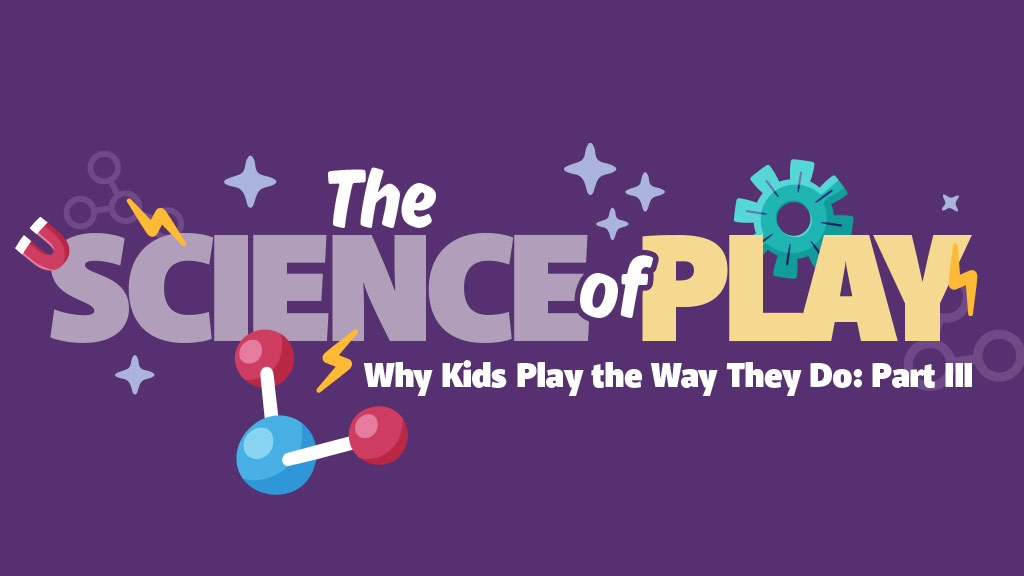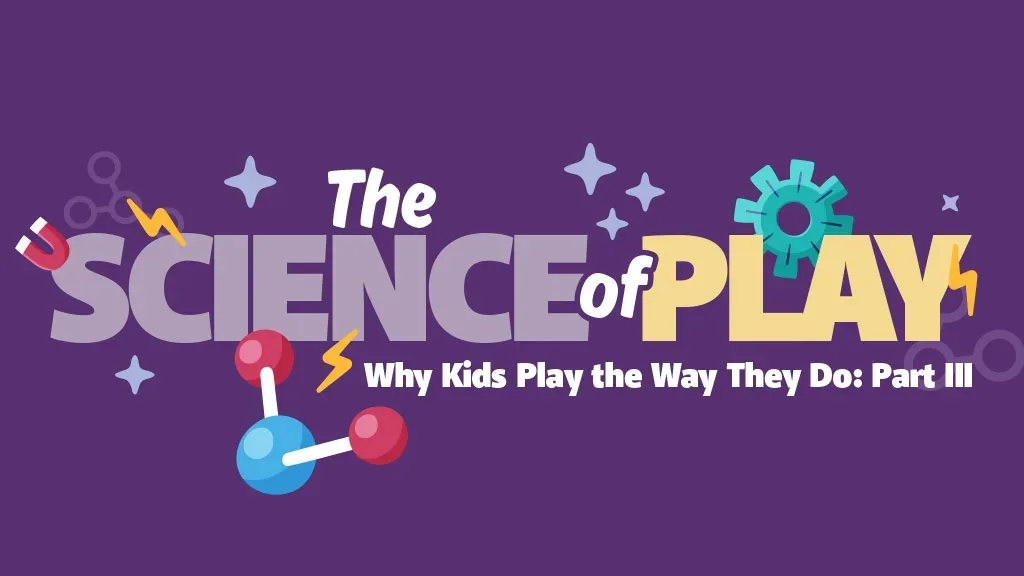
by NANCY ZWIERS, certified executive coach and play expert
This series discusses that our biologically based inner play drive transcends time, geography, and culture. The Funosophy Play Theory introduces the concept that play is nature’s way of ensuring our brains get wired in a systematic and predictable way, as kids progress through three age-based stages of play. This Part III examines kids in the primary toy-buying age: 3-7 years. Note that the age breaks discussed are not discrete, but rather represent a bell curve; some kids are earlier and some are later in transitioning to the next stage.
Kids Ages 3-7 Years
The bulk of toys purchased are for kids ages 3-7, the “magical thinking years” when emotionally charged imaginative play reigns supreme. Kids this age will continue to engage in exploration, discovery, and challenge and mastery play, but at about ages 2.5-3 years, a shift happens. Kids will become obsessed with inner fantasies of empowerment that deliver deep-seated emotional rewards. Two important thought patterns are happening in the brain during this time:
1) The fantasy-based storytelling that kids engage in during imaginative play is designed to help them jumpstart their brains’ simulation — the ability to form images in the mind (to “imagine”), which is one of our most powerful and uniquely human survival skills. In this anything-goes context, kids can escape the confines of their real lives and pretend to go anywhere their mind and heart tell them to.
2) At the same time, kids are developing their core sense of “self,” the brain’s construction of the central protagonist in one’s mental life story. As such, gender is a foundational aspect of identity that gets developed before less central aspects emerge, such as personality and interests.
Important note on gender: Our collective understanding of gender is growing to acknowledge that gender identity exists along a continuum. This understanding accepts that some kids’ gender is nonconforming to traditional binary male/female definitions. At this age, they may not know what their gender identity is, but they know how they want to play.
As we get this more sophisticated and nuanced understanding about the realities of gender, we recognize the need to be inclusive when we represent children playing. As we have found, representation matters. Think of these play patterns as a continuum as well, as some girls will engage in “masculine” play patterns, some boys will engage in “feminine” play patterns, and some may play across the whole spectrum. This is why it is important for parents and caregivers to give a full range of playthings to each child so that they can learn and respond to how that individual child truly wants to play.
Empowerment Play
Physical: This imaginative play is centered around physical empowerment, which includes strength, speed, and skill/agility. Action figure play taps into these fantasies, featuring characters that embody physical power. Vehicle play enhances feelings of speed or strength, and sports play is especially alluring as a means to “feel” physically powerful. Even construction and game play combine mastery with themes involving physical empowerment to turbo-charge appeal (LEGO grew dramatically by adding a story-based dimension).
Nurturing/Social: The first to emerge, often at around age 2, is nurturing. This involves feeling powerful by taking care of someone who is vulnerable. Baby dolls, plush, and pet play are prime examples. Fashion and small dolls offer nurturing play as well. As kids grow older, they expand their fantasies of emotional connection to spotlight friendships and friends having fun together.
Beauty: When kids feel beautiful, or make someone or something else beautiful, they feel empowered. This play includes glamming up themselves or each other, their dolls, their bedrooms, or their family’s refrigerator door. Arts and crafts kits and kids’ makeup and hair styling sets involve cultivating beauty.
Imitation Roleplay
At this age, kids’ role play no longer focuses on imitating parental behavior. Instead, they imitate idealized fantasy characters that embody their dreams of empowerment, such as superheroes, princesses, and fairies. They can also respond to nurturing characters like Doc McStuffins. Slightly older kids ages 6 and up like to pretend to be real-world aspirational characters like pop stars and their favorite YouTubers.
Part IV of this series in the next issue of the Toy Book will explore play patterns for kids ages 8-12 and up.
This article was originally published in the October 2021 edition of the Toy Book. Click here to read the full issue!


